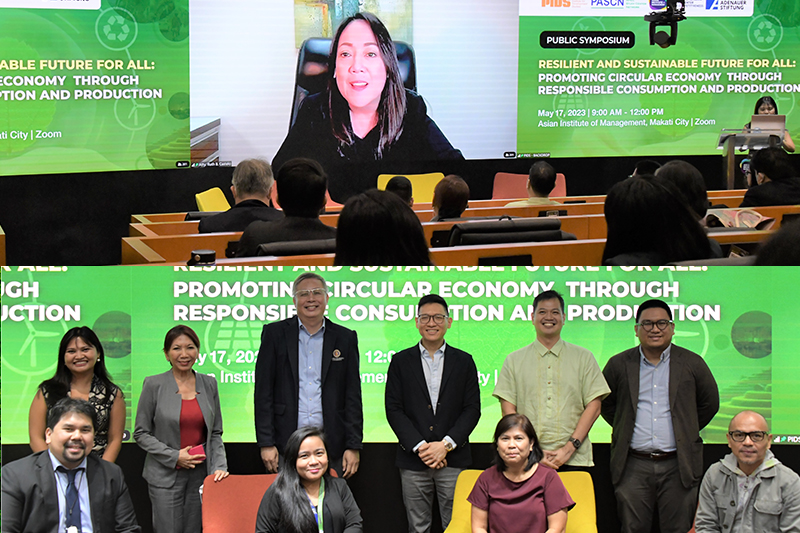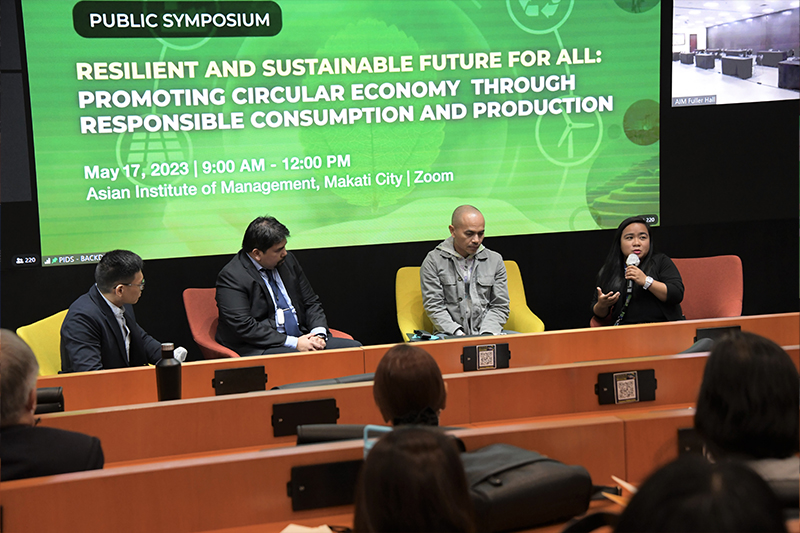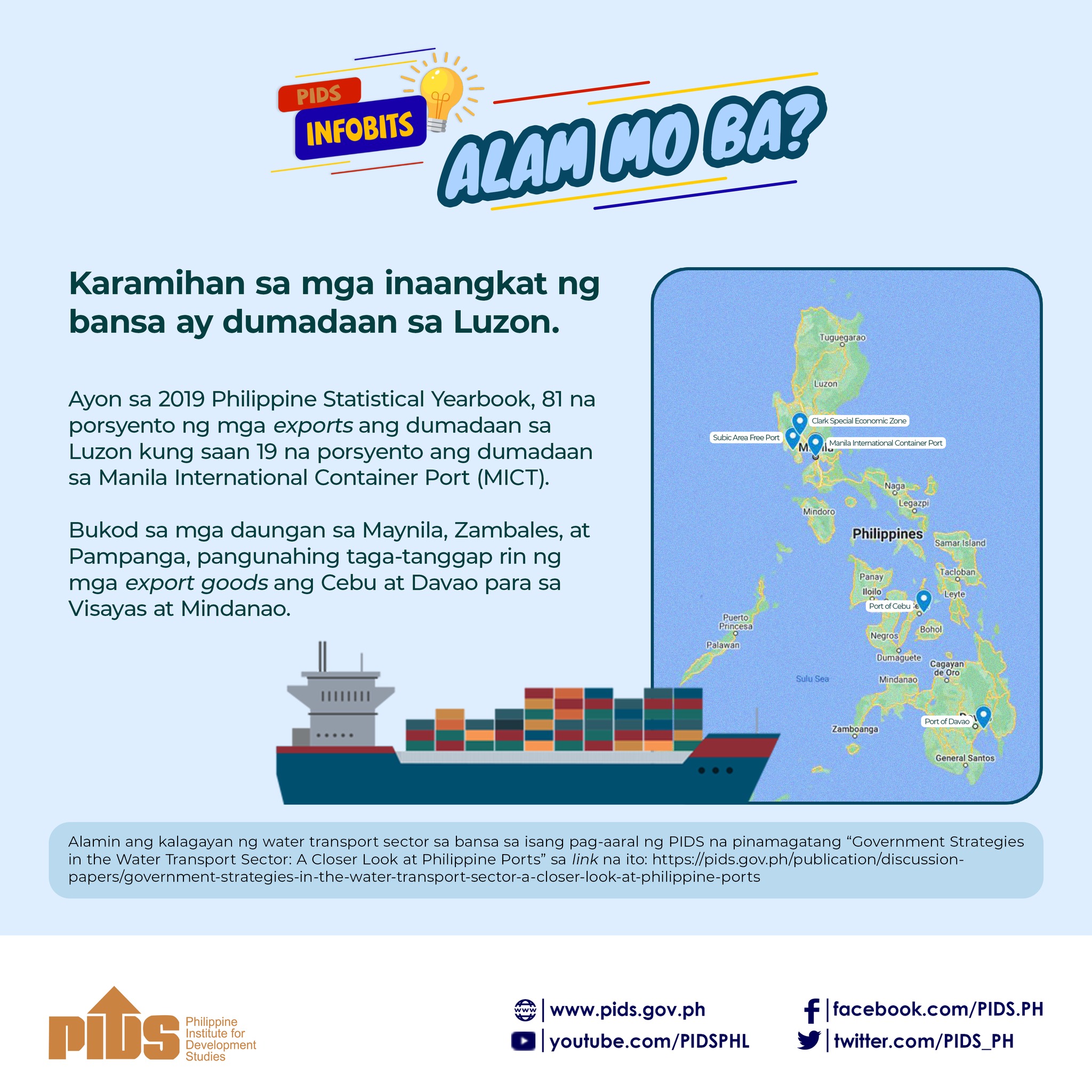THE Bureau of Customs (BOC) hailed at the weekend the action plans of a number of its stakeholders in resolving the issues on thousands of empty containers that have caused port congestion, posing serious logistics problems and impacting trade and commerce.
The BOC was referring to the agreement forged by the Association of International Shipping Lines (AISL) with three organizations, and before that, the Asian Terminals Inc. (ATI) with five international shipping lines.
BOC Spokesman Atty. Erastus Sandino B. Austria said the bureau welcomes the action plan of the AISL, Container Depot Association of the Philippines (CDAP), Association of Concerned Truckers and Operators Organization (ACTOO) and International Container Terminal Services Inc. (ICTSI) to help address the empty container returns issue of the logistics industry.
The ICTSI operates the Manila International Container Terminal (MICT) in Manila and nine other Philippine ports, while ATI is the port operator at South Harbor and two other ports, as well as two off-dock yards. “We fully support this. This is one of the multipronged approaches the BOC has encouraged, led or participated in to address the problem,” Austria told the BusinessMirror in a text message.
Customs Commissioner Rey Leonardo B. Guerrero also told the BusinessMirror in a text message that the BOC appreciates the initiatives being taken by its stakeholders in helping address the challenges faced by the logistics industry.
“BOC was part of the group that developed options on how to solve port congestion. We appreciate initiatives by key stakeholders to help solve the problem,” Guerrero said.
It was earlier reported that the high inventory of empty containers seen in container yards and ports was hampering normal truck cycles, and in turn adversely impacting local port-efficiency levels.
In 2014, a study released by state-owned think tank Philippine Institute of Development Studies estimated that the economy lost P43.85 billion due to port congestion.
Action plan
On February 15, the four organizations led by AISL issued an action plan on what to do with the empty containers which cause logistics problems for stakeholders.
The following measures will be implemented by the AISL, CDAP, ACTOO and ICTSI under their agreement:
â– CDAP will identify possible areas for lease and increase empty capacity of empty container depots (ECDs) by 10 hectares. ICTSI agrees to cover the cost of the lease on a market rate basis. This will allow CDAP to expand without risk of being burdened by a lease when the situation reverts to normal and provide the flexibility to AISL and the truckers to implement global best practices of returning empty containers to designated ECDs;
â– ICTSI will create a large buffer to receive from the external ECDs by moving 5,000 overstaying containers to an outside bonded facility from the MICT;
â– ICTSI will negotiate use of the San Miguel Yamamura Property for storage and repositioning of empty containers for a period of one month. It is already earmarked for specific use of the “empties” from April 1; and
â– ICTSI will encourage the use of the Cavite Gateway Terminal for repositioning of empty containers for transport by barge to MICT.
“This will further the ability to decongest outside container yard’s and restore the trucking system, where today, there is an artificial shortage of trucks,” the action plan read. The goal is to return to the one-day truck turnaround time from the current two to three days today and increase truck availability. This effort requires additional support from the Philippine Ports Authority (PPA) and BOC, the action plan said.
ATI, shipping lines
Last Tuesday, through a collaborative session, the ATI and six shipping lines agreed to cooperate and share vessel resources to evacuate the empty containers in Manila, while the port operator will dedicate ample resources to handle the requirements of the shipping lines to ensure quick turnaround time.
The six shipping lines that will participate in this initiative are CMA-CGM Group, T.S. Lines, Evergreen, Yang Ming Lines, Wan Hai Lines and Hyundai Maritime. They will jointly pull out over 10,000 twenty-foot equivalent units (TEUs) of empty containers from the port for recirculation to Asian destinations on a weekly basis.
With a report by Lorenz S. Marasigan







